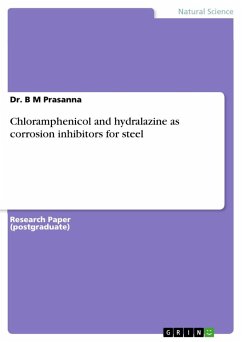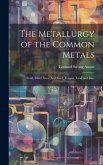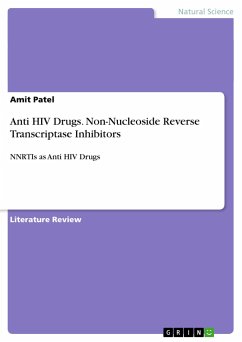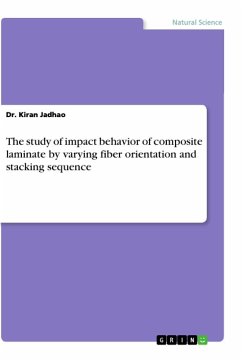Presentation slides from the year 2017 in the subject Chemistry - Materials Chemistry, grade: 0.9, Srinivas School of Engineering, language: English, abstract: This presentation deals with organic inhibitors on the corrosion of steel and zinc.In the19th century, as the result of technological innovations, revolution in the industry, advancement in the science field, there was a growth in agricultural, industrial production, economic expansion and tremendous changes. People have changed the way of manufacturing processes during this time. All the hand works shifted to the machines. As a result of this revolution, the products were quite cheaper. Mild steel and zinc are very active in the presence of aggressive environment. In the presence of moisture and air, they give respective oxide. It results in the deterioration of metals take place that results in the failures in the industrial equipment in oil industries, gas industries, and water circulating cooling systems. These are main disadvantages of mild steel and zinc. The cause of corrosion of mild steel and zinc and the corrosion control is having critical fundamental, industrial and academic concern .In the existed literature various type of various research groups developed inhibitors.The developed inhibitors, few of them satisfied all the requirements of the industries and society. Even though they are toxic in nature, they aren't showing inhibition at high temperature. In addition, no one has discussed complete mechanism of corrosion inhibition. In the present study, more attention is given to developing eco-friendly inhibitors. The complete mechanism of inhibition action of these inhibitors were evaluated by using practical and theoretical studies like weight loss, polarization, impedance, activation parameters, thermodynamic parameters. Scanning electron microscope is used to do morphological studies of the inhibitor. The quantum chemical studies are carried out to correlate the theoretical studieswith experimental work of corrosion inhibitors. All the results were agreeing with each other. All the developed inhibitors find applications in industries.








